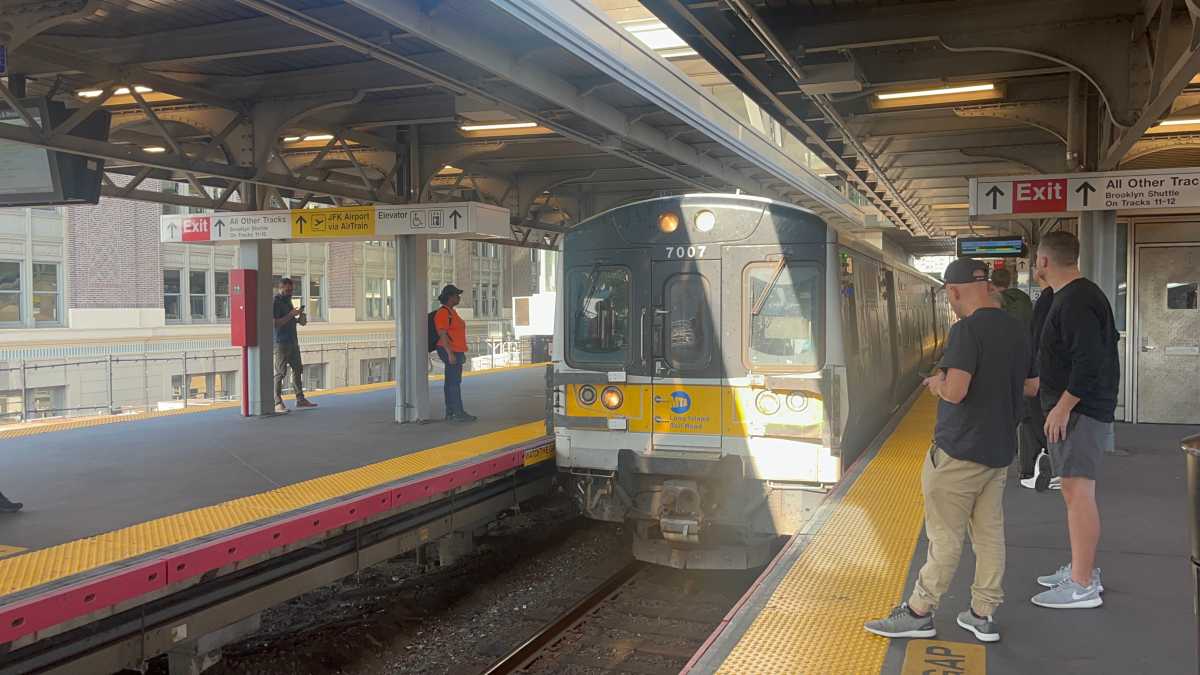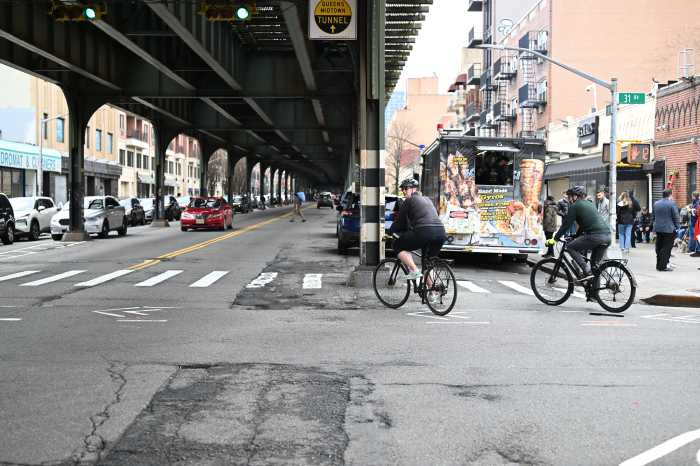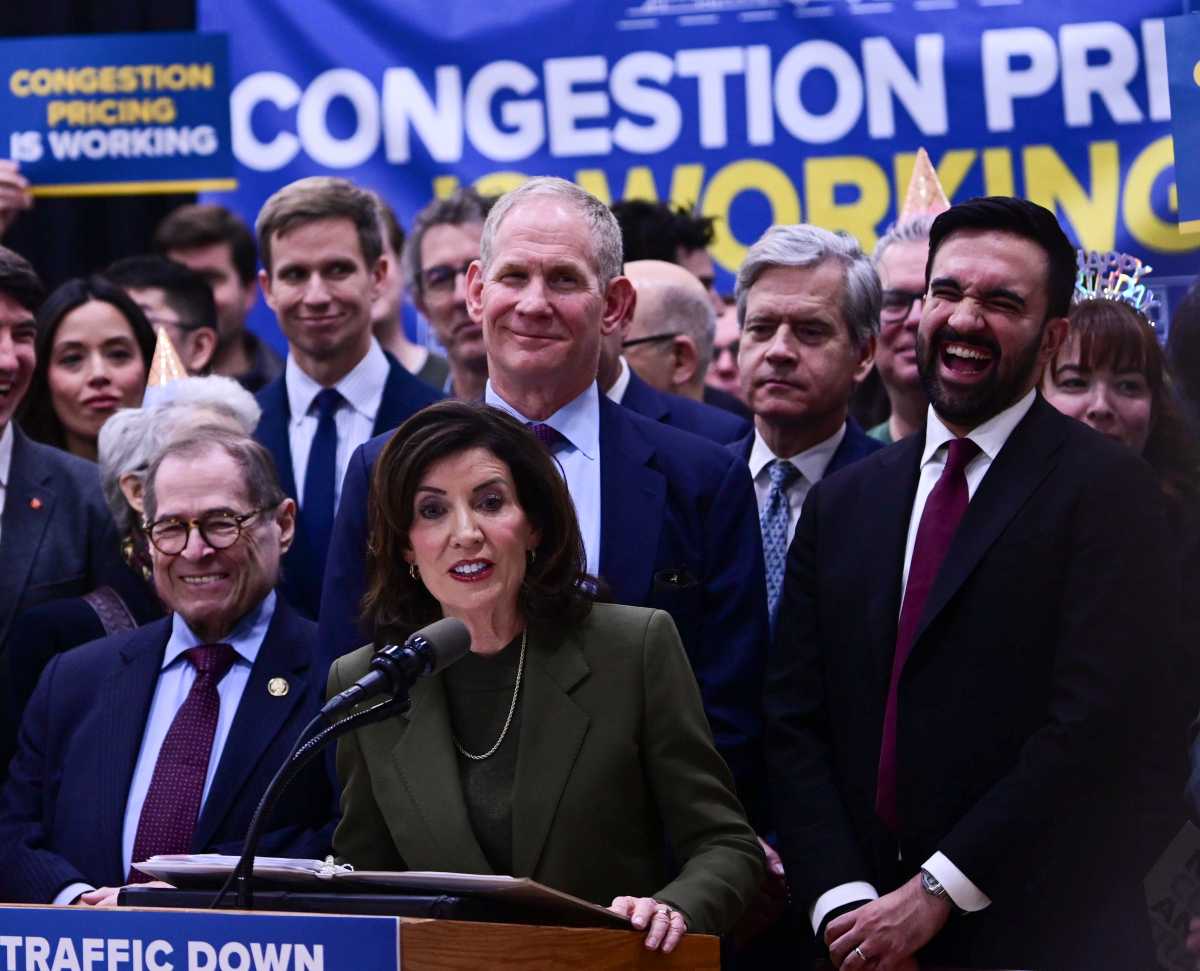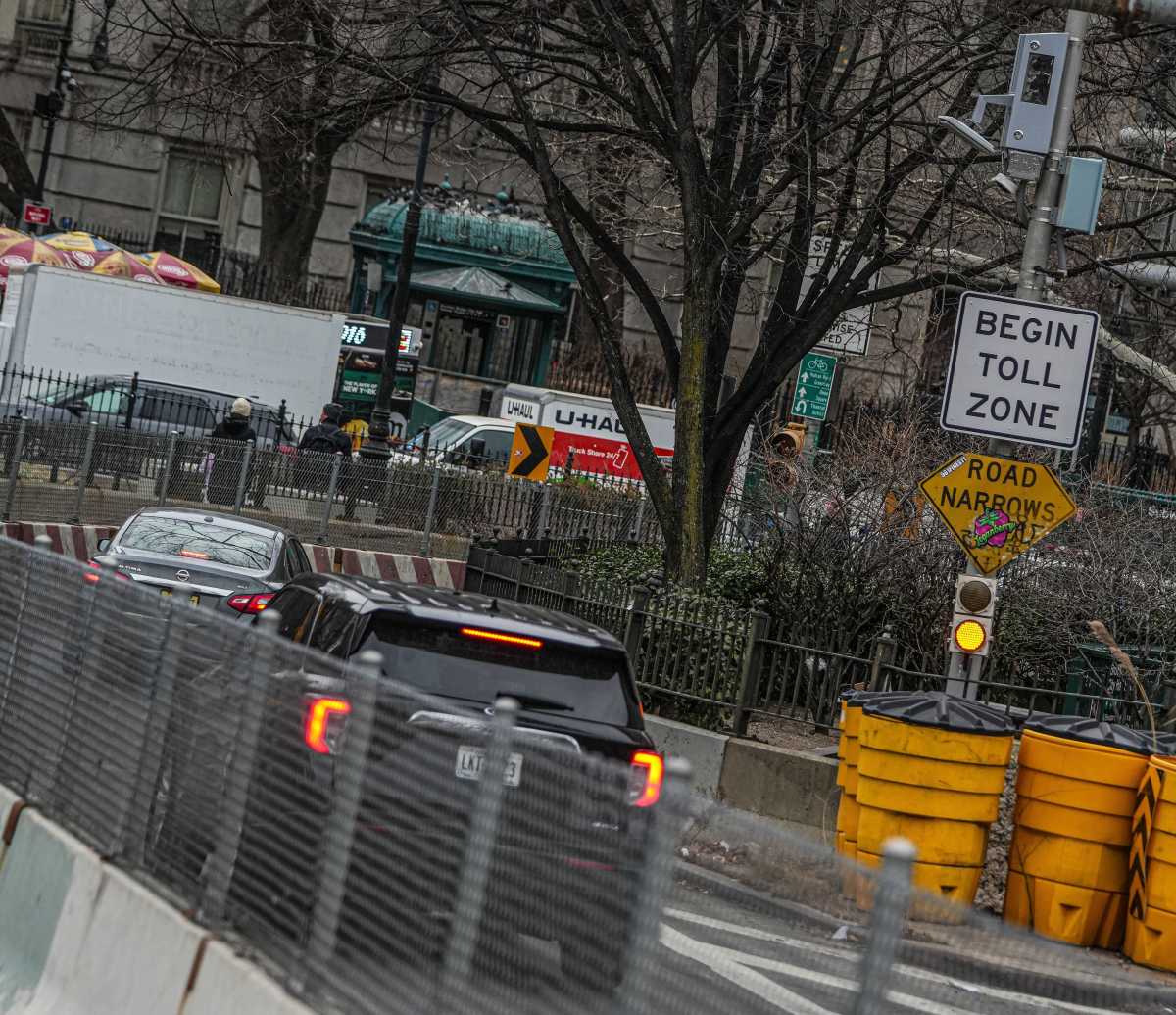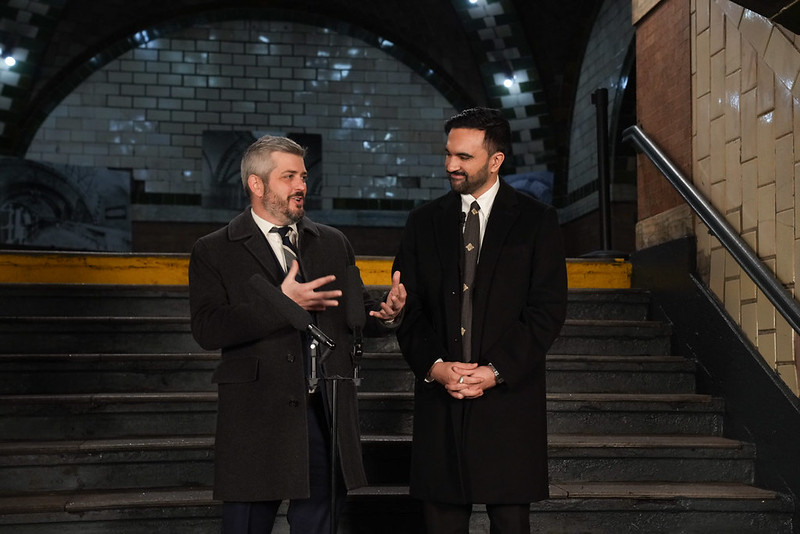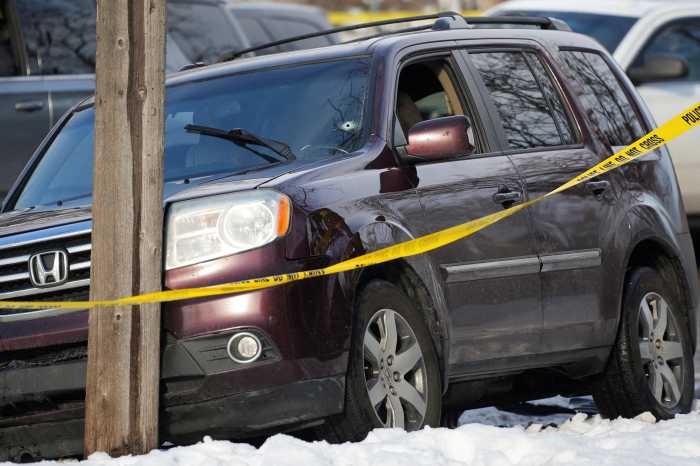MTA officials held a roundtable discussion in the Jamaica Central Control Building on Thursday, Sept. 12, to provide an overview of the agency’s current and future plans for its extensive transportation system. The officials invited reporters from a handful of local media organizations to the event, including QNS, which was an on-the-record presentation and Q&A session covering topics affecting Queens residents and commuters across the five boroughs.
Top MTA officials, including MTA President and CEO Janno Lieber, Interim MTA President Demetrius Crichlow, Chief Customer Officer Shanifah Rieara and LIRR President Rob Free, led the discussion.
Much of the 90-minute-long discussion centered around plans for an inter-borough light rail project connecting Queens and Brooklyn, the renewal of its Capital Program and other initiatives.
The Interborough Expressway (IBX) is a proposed light rail project connecting underserved parts of Queens and Brooklyn. The pre-existing rail line of the LIRR Bay Ridge Branch and CSX-owned Fremont Secondary freight line, which extends from Bay Ridge, Brooklyn, would connect to Jackson Heights.
Lieber said the MTA has completed a round of planning and outreach, with over 20 public outreach events communicating the station’s location and how its alignment could go through a particular neighborhood.
The project is currently in a more detailed design phase, including deciding on what real estate would be acquired to complete it. The MTA’s operations planning team is also researching how buses and connecting points could better service the neighborhoods that would connect to the IBX.
According to Lieber, 48 bridges would need to be renovated, expanded or redesigned for the IBX. Furthermore, he said the agency is still years away from being able to order cars or contract for construction. However, the agency remains hopeful that the next capital program will include a significant investment.
Lieber said the current focus is on investing in “what we call a state of good repair, the system that we have to make sure it doesn’t fall apart. That’s the first priority,” he said. “If we get enough money for that, we hope and expect that we will also make major progress towards constructing the IBX.”
The meeting also covered the renewal of the MTA’s Capital Program, which expires at the end of this year. The next legislative session in Albany will determine whether the MTA will have a fully funded capital plan for 2025-2029.
Lieber said the next capital plan needs to include funding for new Long Island Railroad and subway cars, as rolling stock is aging out. “We now have 1,500 railcars that have passed 40 years in age. When they get that old when they exceed their useful life, they break down much more frequently,” he said. “We have to replace 4,000 cars over the next 20 years. So, cars are going to be a big part of what we’re asking the leadership of the state of New York and Albany to help us fund.”
Likewise, buses also need an upgrade. Buses last around 12 years, and the entire fleet of around 6,000 buses must be replaced within the next 20 years.
Lieber is also advocating for increasing the number of ADA-accessible subway stations. So far, the MTA has accelerated the installation of elevators in subway stations five times as fast as previous administrations through funding from the current Capital Program. Furthermore, Lieber added that the MTA must invest in modernizing non-customer-facing entities, including its signal and power system.

Lieber reports that subway, bus and LIRR ridership has regained strength since the pandemic.
Subway and LIRR ridership is 80% of pre-COVID ridership, and buses are 90%, which Lieber said is tied to great service. “The subway service is the best it’s been in in a decade. Long Island Railroad and Metro North are running an average of 97% on-time performance.” Lieber added that despite media coverage of high-profile crimes, crime in the subway system is down 11% versus pre-pandemic, 6% year-to-date and last week down 30% compared to the comparable week in 2023.
Despite high ridership numbers and low crime rates, Lieber acknowledged that the agency faces a fare evasion crisis: “The biggest threat we face right now, and I’m not shy about talking about it, even though it’s sometimes controversial, is fare evasion. We’re losing something like $700 million a year to fare evasion,” Lieber said.
Lieber said that early into his term as CEO, he assembled a panel of experts, including law enforcement officials, social justice leaders and New York City Schools Chancellor David Banks, to find solutions to fare evasion and address fare equity issues. The MTA developed the Fair Fares program, which allows residents below a certain income level to qualify for a 50% discount on New York City Transit.
“You never want fare evasion to be a crime of poverty. We have been really pushing this idea that people who are really low income can and should get discounts,” Lieber said.
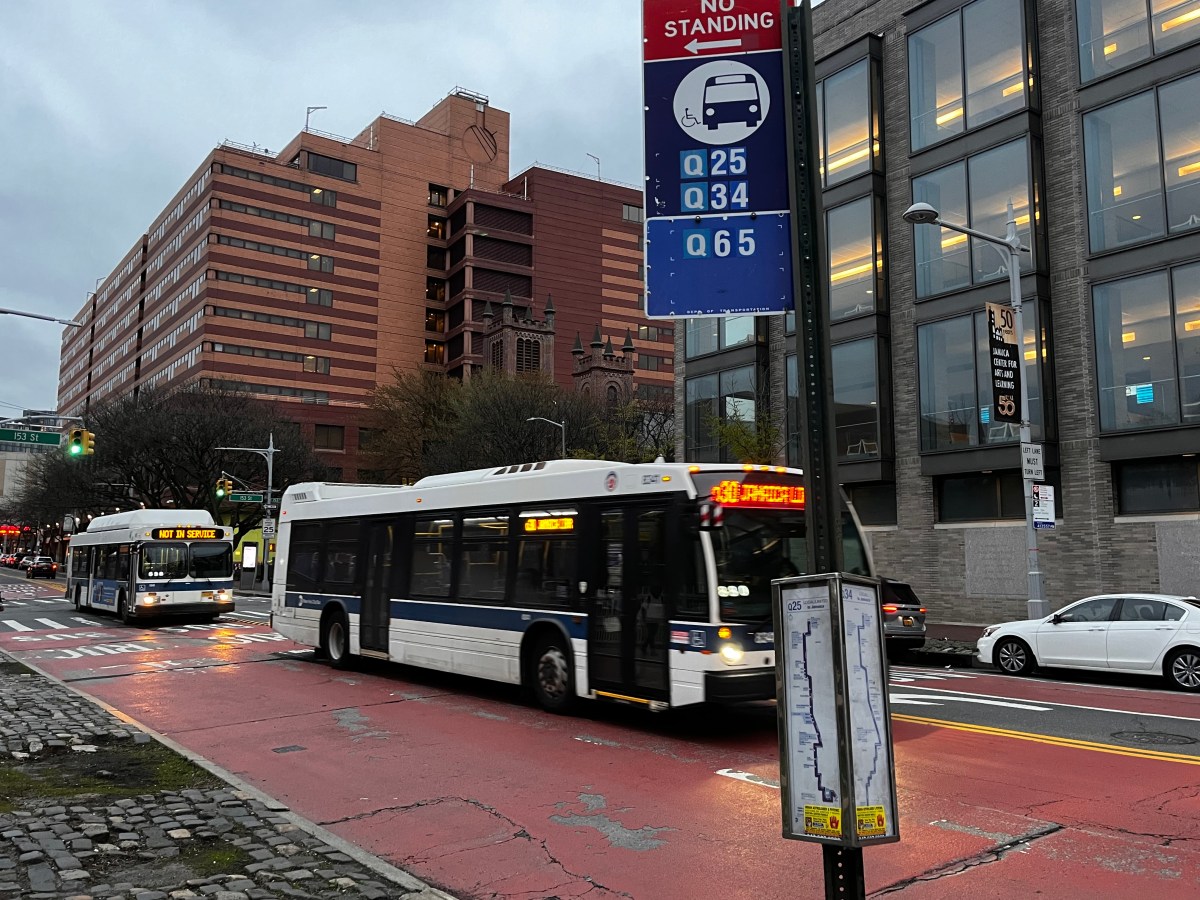
To combat fare evasion, the MTA has increased NYPD enforcement in the subway system and hired unarmed guards to keep exit gates closed. Lieber reports that the MTA has seen a reduction in fare evasion at stations with unarmed guards.
The agency also began significant fare enforcement on buses. Lieber said within the last two weeks, the MTA has deployed NYPD, NYTAPD (MTA police) and unarmed EAGLE teams consisting of revenue enforcement agents to give out tickets.

